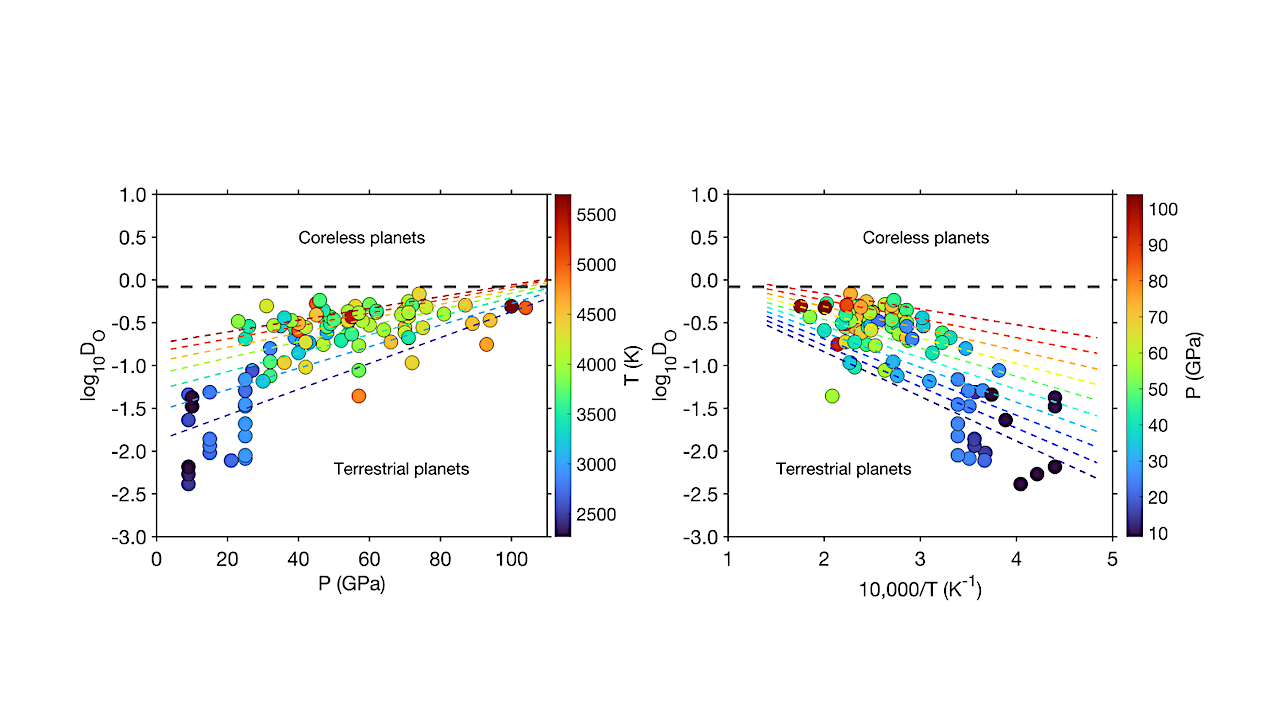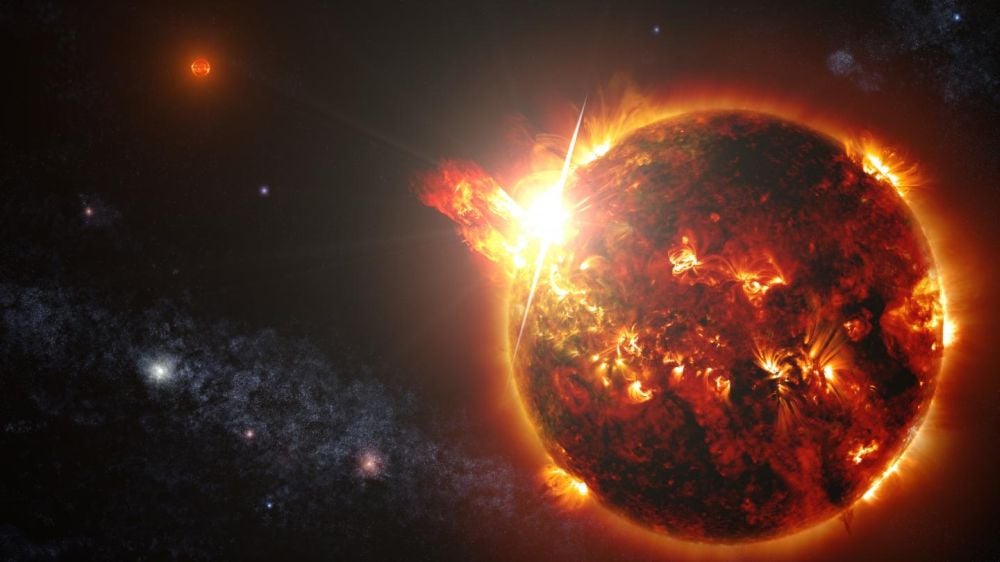TRAPPIST-1 Status Report astro-ph.EP November 4, 2025 Filed under astro-ph.EP, astrogeology, exoplanet, M-dwarf, TRAPPIST-1, TRAPPIST-1 b, TRAPPIST-1 c, TRAPPIST-1 d, TRAPPIST-1 e, TRAPPIST-1 f, TRAPPIST-1 g Core–mantle partition coefficient of
Hot Posts810- Page
Hektoria Glacier on Antarctica’s Eastern Peninsula experienced the fastest retreat recorded in modern history—in just two months, nearly 50 percent of the glacier disintegrated. This video illustrates how and why
At the heart of the Milky Way, just 27,000 light-years from Earth, there is a supermassive black hole with a mass of more than 4 million suns. Nearly all galaxies
Antarctica is far more than just a bucket-list destination for travelers and a home for penguins. It’s a veritable time machine, holding evidence from millions of years of Earth’s climatic
Rocky exoplanets orbiting red dwarfs are in a tough spot. Their stars are known for violent flaring that can destroy their atmospheres. But it’s possible that asteroid impacts could later
Black Friday 2025 is fast approaching, but we’re already seeing some worthy discounts, including 28% off the Govee Star Light Projector, which we rate as the best star projector for
If we take out all the matter, neutrinos, dark matter, cosmic rays, and radiation from the deepest parts of the voids the only thing left is empty space.
-
 012024 in Review: Highlights from NASA in Silicon Valley
012024 in Review: Highlights from NASA in Silicon Valley -
 02Panasonic Leica Summilux DG 15mm f/1.7 ASPH review
02Panasonic Leica Summilux DG 15mm f/1.7 ASPH review -
 03How New NASA, India Earth Satellite NISAR Will See Earth
03How New NASA, India Earth Satellite NISAR Will See Earth -
 04And Thus Begins A New Year For Life On Earth
04And Thus Begins A New Year For Life On Earth -
 05Astronomy Activation Ambassadors: A New Era
05Astronomy Activation Ambassadors: A New Era -
06SpaceX launch surge helps set new global launch record in 2024
-
 07Space Force plans new ‘Futures Command’ amid pressure to speed up modernization
07Space Force plans new ‘Futures Command’ amid pressure to speed up modernization










